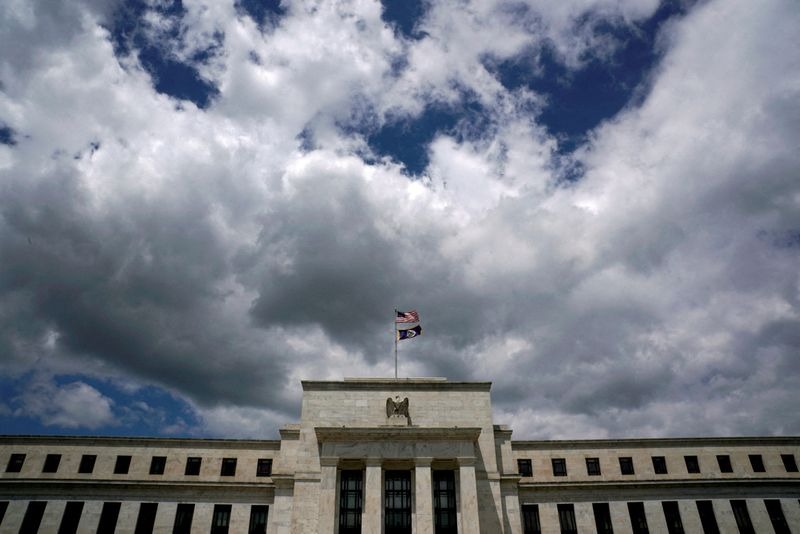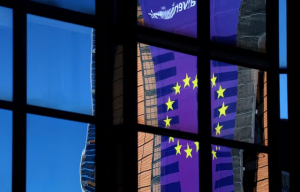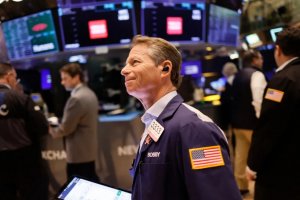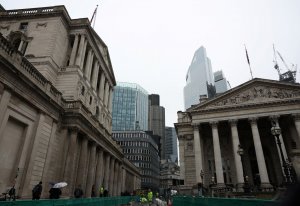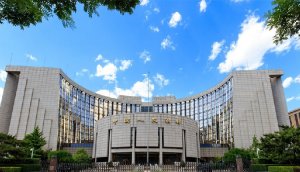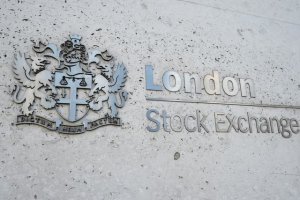Several Fed speakers made appearances this week, offering a range of views on future monetary policy—but their collective angst about tariff uncertainty reaffirmed expectations on Wall Street that the door is likely closing on rate cuts this year.
“A number of Fed speakers took to the airwaves this week. The message is tariffs are likely to create risks on both sides of the Fed’s mandate. The right response is to wait,” Morgan Stanley analysts wrote, summing up the consensus ahead of the June FOMC meeting.
Atlanta Fed President Raphael Bostic was explicit: the Fed may have to “wait three to six months to see how the uncertainty settles.” New York Fed President John Williams added, “it’s not going to be that in June we’re going to understand what’s happening here, or in July.”
Both comments "suggest the Fed expects to be on the sidelines through the July meeting, if not longer," the analysts said, maintaining expectations for no rate cuts in 2025, and 175bp of rate cuts beginning in March 2026 for a terminal rate of 2.50-2.75%.
Tariffs Cloud the Outlook Even after the recent détente in trade tensions, Fed officials remain wary. Tariffs are keeping inflation firm and growth slow, with the risks running in both directions. Cleveland Fed President Beth Hammack highlighted the dilemma: “If the tariffs...are reasonably static from here...they could weigh more on growth and have implications for the labor market.” But if businesses start to pass on costs more broadly, “it could be the case that we need to stay at elevated rates for a longer period, or think about further adjustments there.”
3rd party Ad. Not an offer or recommendation by Investing.com. See disclosure here or remove ads. Governor Christopher Waller, meanwhile, echoed that view, saying he expects any tariff-induced inflation to be “transitory,” but only if tariffs stabilize soon: “If we can get the tariffs down closer to 10% and then that’s all sealed, done and delivered somewhere by July, then we’re in good shape for the second half of the year.”
Despite a weak Q1 GDP headline, Fed speakers downplayed the risk, pointing to resilient labor markets and solid consumer demand. St. Louis Fed President Alberto Musalem called the dip “largely due to unusual, one-off circumstances,” while Williams noted the drop in business confidence hasn’t shown up in the hard data. “We came into this period in a really good position,” Hammack added.
Policy Uncertainty Keeps Cuts Off the Table San Francisco Fed President Mary Daly broadened the caution, noting that the administration’s policy agenda—trade, immigration, fiscal, and deregulation—means “we could have a net effect that we don’t yet know...the real issue for me is to keep my mind open that we don’t actually know what the outcome will be.”
Morgan Stanley’s base case: no rate cuts in 2025, with the Fed keeping its easing bias but unwilling to “look through” tariff-induced inflation. “The right answer is to wait for clarity,” the analysts wrote, forecasting the Fed will stay on hold until March 2026.
With tariffs muddying the outlook and the Fed unwilling to get ahead of the data, the message is clear: later and right is better than early and wrong. For now, rate cuts are on ice.

